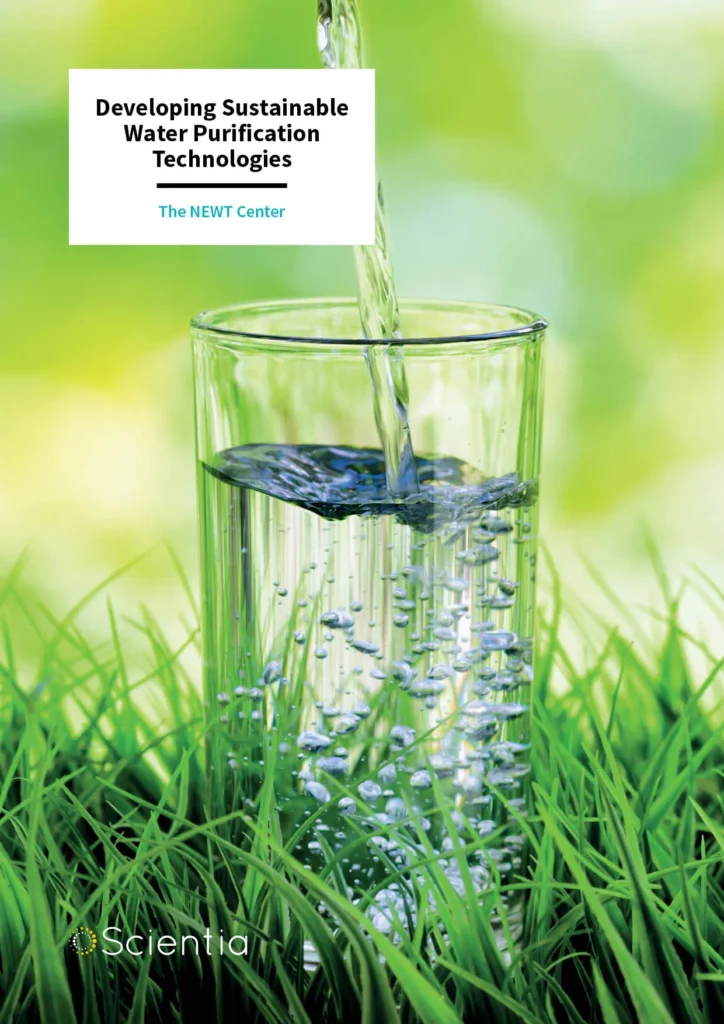
Access to clean and safe drinking water is a basic human right, yet millions of people around the world still lack access to this vital resource. The World Health Organization estimates that 2.2 billion people do not have access to safely managed drinking water services, and as a result, waterborne diseases are a leading cause of illness and death globally. In order to address this pressing issue, scientists and engineers are constantly working to develop new technologies to revolutionize water purification and ensure that everyone has access to clean water.
One of the most promising technologies on the horizon is graphene-based filters. Graphene is a single layer of carbon atoms arranged in a hexagonal lattice, and it has shown remarkable properties that make it an ideal material for water filtration. Its unique structure allows it to be impermeable to most gases and liquids, while still allowing water molecules to pass through. This means that graphene filters can effectively remove contaminants such as bacteria, viruses, and heavy metals from water, making it safe to drink.
Another innovative technology that is being developed is solar-powered water purification systems. These systems use solar energy to power the purification process, making them ideal for use in remote or off-grid areas where access to electricity is limited. By harnessing the power of the sun, these systems can provide a sustainable and cost-effective way to purify water and make it safe for consumption.
Advancements in nanotechnology are also playing a key role in revolutionizing water purification. Nanomaterials, such as nanoparticles and nanotubes, have unique properties that allow them to effectively remove contaminants from water. These materials can be tailored to target specific pollutants, making them highly efficient and effective at purifying water.
In addition to developing new technologies, researchers are also looking at ways to improve existing water purification methods. For example, membrane filtration is a widely used technique for removing contaminants from water, but it can be energy-intensive and expensive. Scientists are working to develop new membrane materials that are more durable and efficient, as well as exploring ways to reduce the energy consumption of the process.
Overall, the future of water purification technology looks bright, with researchers making significant strides in developing new and innovative solutions to ensure access to clean water for everyone. By harnessing the power of materials science, nanotechnology, and renewable energy, we can revolutionize the way we purify water and create a more sustainable and healthy future for all.
